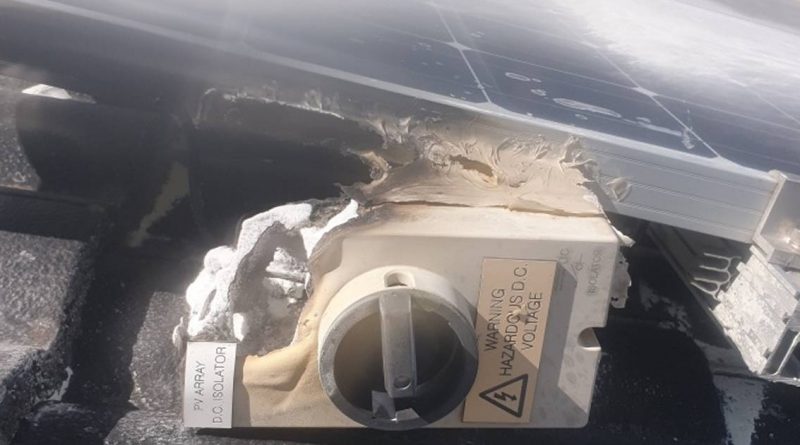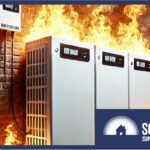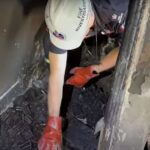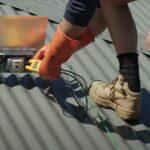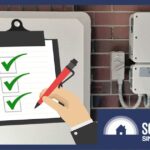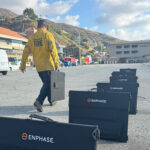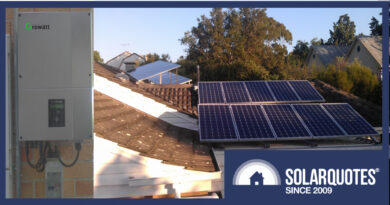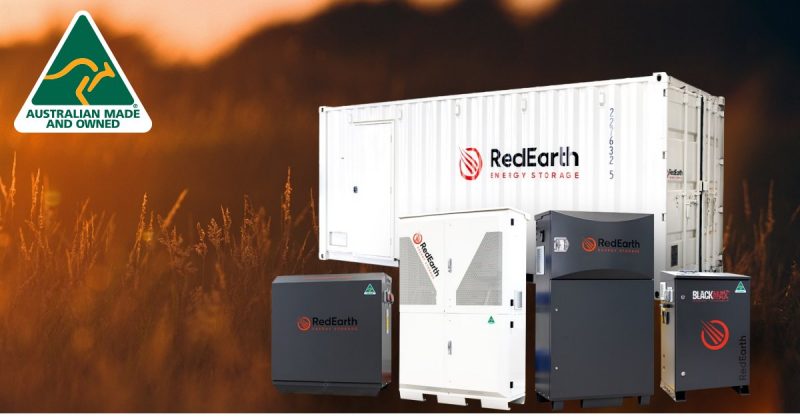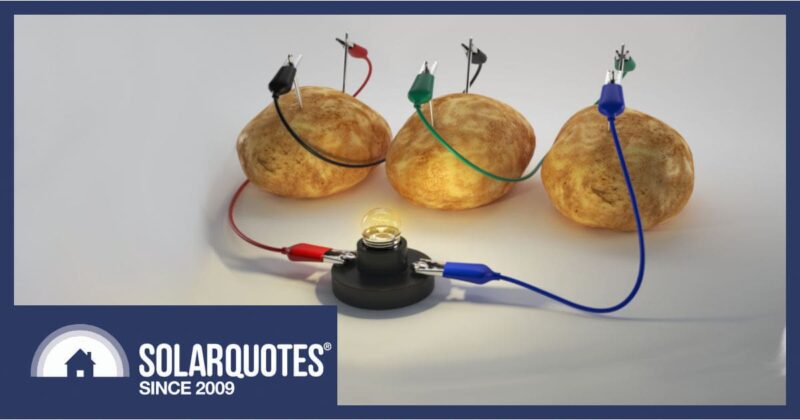Solar Power System Fires And Blasted Rooftop Isolator Switches
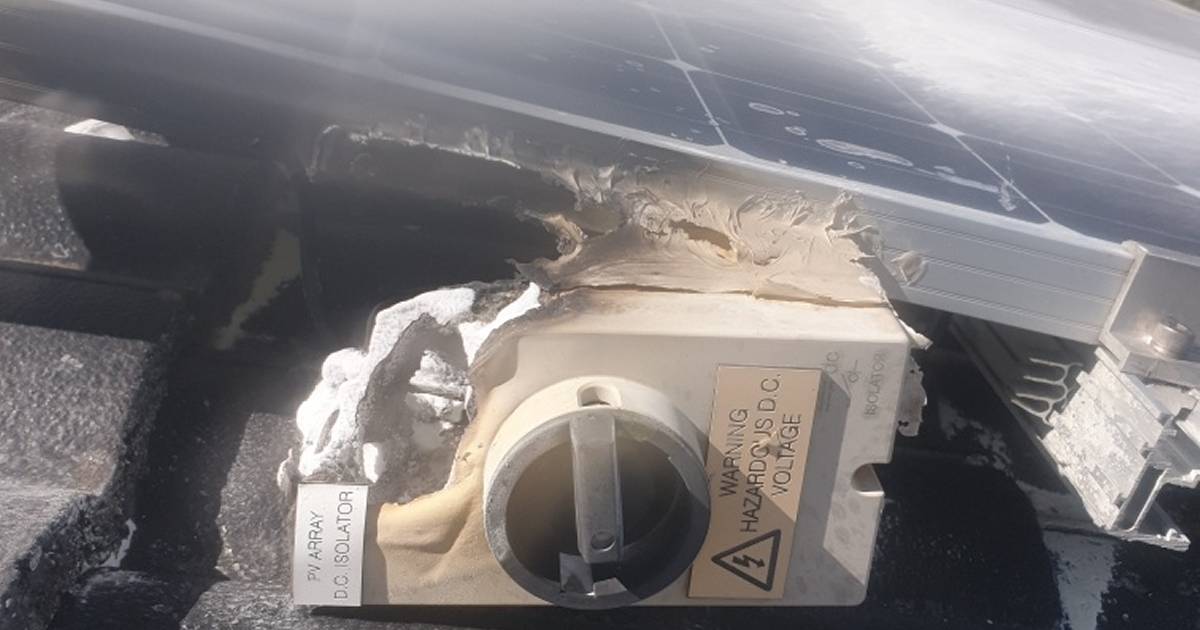
There have been several fire incidents in New South Wales in the last week or so involving solar power systems – and at least two are thought to have been caused by rooftop isolator switches.
Yesterday, Fire and Rescue New South Wales reported it had attended an incident at a home in Woongarrah on the Central Coast after a triple-zero caller reported smoke issuing from the roof of the home.
“Firefighters from Hamlyn Terrace and Doyalson fire stations arrived on scene a short time later and were able to quickly extinguish the fire and ensure it had not spread further,” said Fire and Rescue. “FRNSW’s Fire Investigation and Research Unit are currently working to establish the cause of the fire, which is believed to have started in the isolation switch.”
The isolator switch involved is pictured above.
On December 30, firefighters and police were called to an address in the Newcastle suburb of Bar Beach after reports a home’s rooftop solar panels were smouldering. Again, the fire was put out before any major structural damage could occur. A potential cause wasn’t mentioned.
On December 28, FRNSW were called to respond to a house fire in Lake Cathie, south of Port Macquarie. The cause noted was a rooftop isolation switch.
Isolation Switches A Common Solar Fire Culprit
Fire and Rescue NSW stated last year solar panel related fires had increased five-fold in the previous five years, but didn’t provide any numbers. More than 600,000 solar power systems have been installed in New South Wales, and wherever widespread electrical appliances are involved there will be incidents – but this shouldn’t just be accepted if there is room for improvement.
And there is.
FRNSW has previously noted isolator switches have accounted for around half of solar power system fires in the state. While the proportion of rooftop isolators being the culprit wasn’t mentioned, its likely a majority of them were given the track record of these problematic devices.
A rooftop DC isolator switch is a manually operated switch installed next to a solar panel array enabling the DC current between the array and the solar inverter to be shut off. Ironically, it was intended as an additional safety mechanism and is a requirement for all solar power systems in Australia. But we seem to be the only country that still requires their use.
Many solar installers despise having to install rooftop DC isolator switches and there are moves to have the requirement removed from Australian Standards – and that can’t come too soon. There’s also a push to do away with wall-mounted isolators; instead requiring an isolator incorporated within the solar inverter.
Those are a couple of improvements that can be made – another is owners having their systems checked.
Good quality DC isolator switches properly installed and effectively protected by a shroud are generally safe. A shroud is another requirement that has been in place for some time and the isolator switch in yesterday’s incident didn’t appear to have one. Perhaps the installation pre-dated the requirement, but the setup generally looked to be a bit dodgy.
Fire safety is another important reason for choosing a good solar installer. But regardless of component and installation quality and given the harsh conditions rooftop DC isolator switches and other components of a solar power system have to endure over many years, it’s important to have an inspection and system test performed every few years.
Original Source: https://www.solarquotes.com.au/blog/solar-fires-nsw-mb1829/

